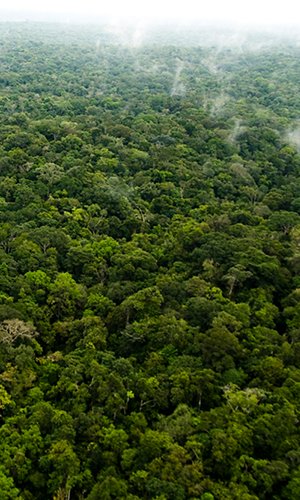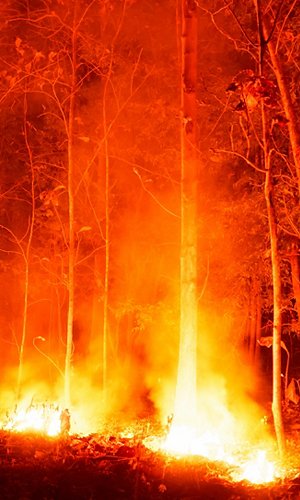According to data from the National Inventory of Forests and Forest Carbon Sinks, carried out by the Carabinieri and the Council for Agricultural Research and Analysis of Agricultural Economics, in 10 years the Italian forest area has increased by about 587,000 hectares. More than a third of Italy, 36.7% to be exact, is covered by forests, a surface area that has increased by 18.4% in about 16 years, reaching 11 million hectares. In terms of carbon dioxide, this increase translates into 290 million tonnes more CO2 absorbed. The inventory, the result of years of work, was presented at All4Climate, the Milan meeting in preparation for Cop26 in Glasgow.
“Carbon dioxide is the greenhouse gas mainly responsible for the global rise in temperature, taken from the atmosphere,” explain the forestry Carabinieri. “Forests play an essential role in ensuring global natural and environmental balances.” Indeed, forests are a veritable carbon sink. They capture CO2 through their leaves and store carbon in their fibres, keeping it sealed within them for a very long time: one cubic metre of dry wood contains about 260 kg of carbon, which is about half its weight. This is why one of the recognised functions of forests is their ability to mitigate the effects of climate change and regulate the climate.
The regions that contribute most to the total volume of Italian forests are Tuscany, Piedmont and Lombardy, respectively with 10.4%, 9.8% and 8.7% of the total. The lowest regional values were recorded for Apulia, Valle d’Aosta and Molise, with contributions varying between 1.0% and 1.3% of the total, which obviously takes into account their differing surface areas, as well as the distinct compositions of the forests.
This important survey of Italy’s forests has photographed the presence of 180 species, but four alone account for 50% of the forest volume: beech, spruce, chestnut and turkey oak. Seven more species need to be added to reach 75%: larch, downy oak, hornbeam, holm oak, silver fir, black pine and Scots pine.




